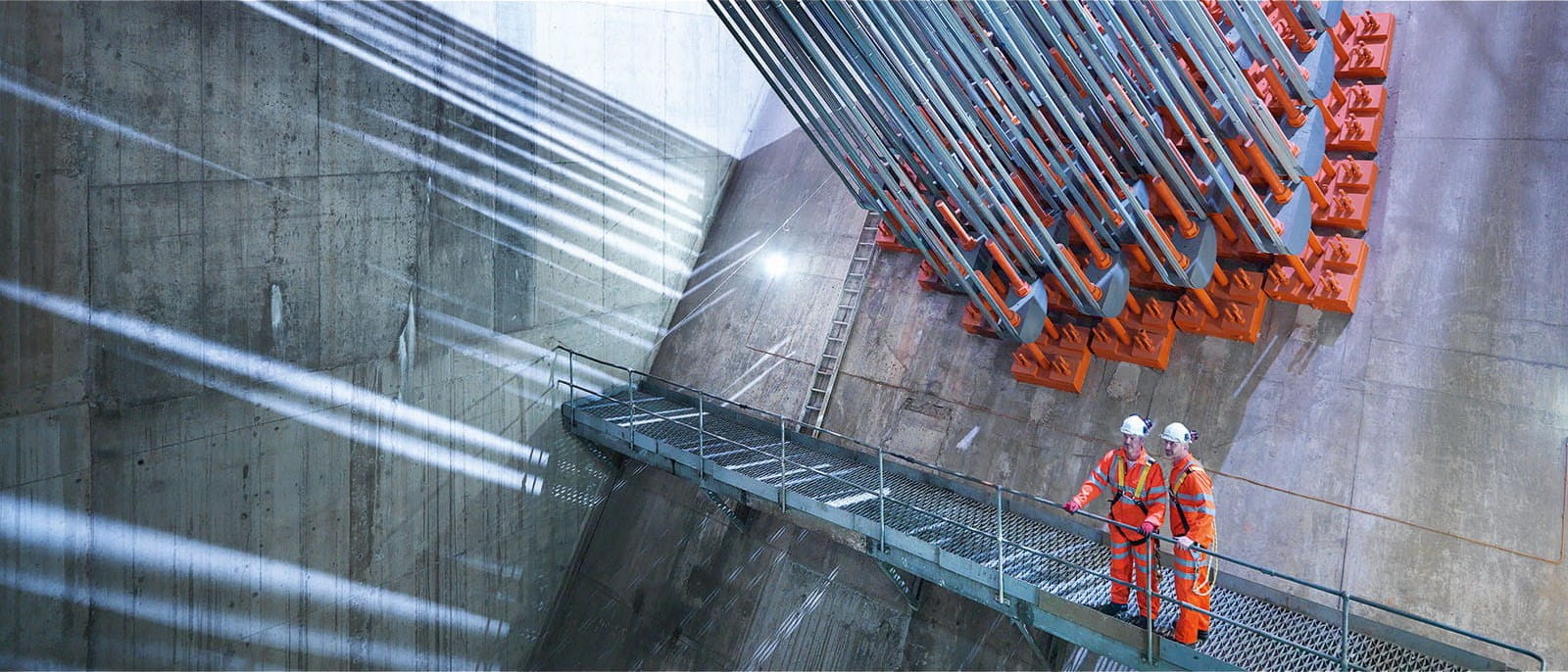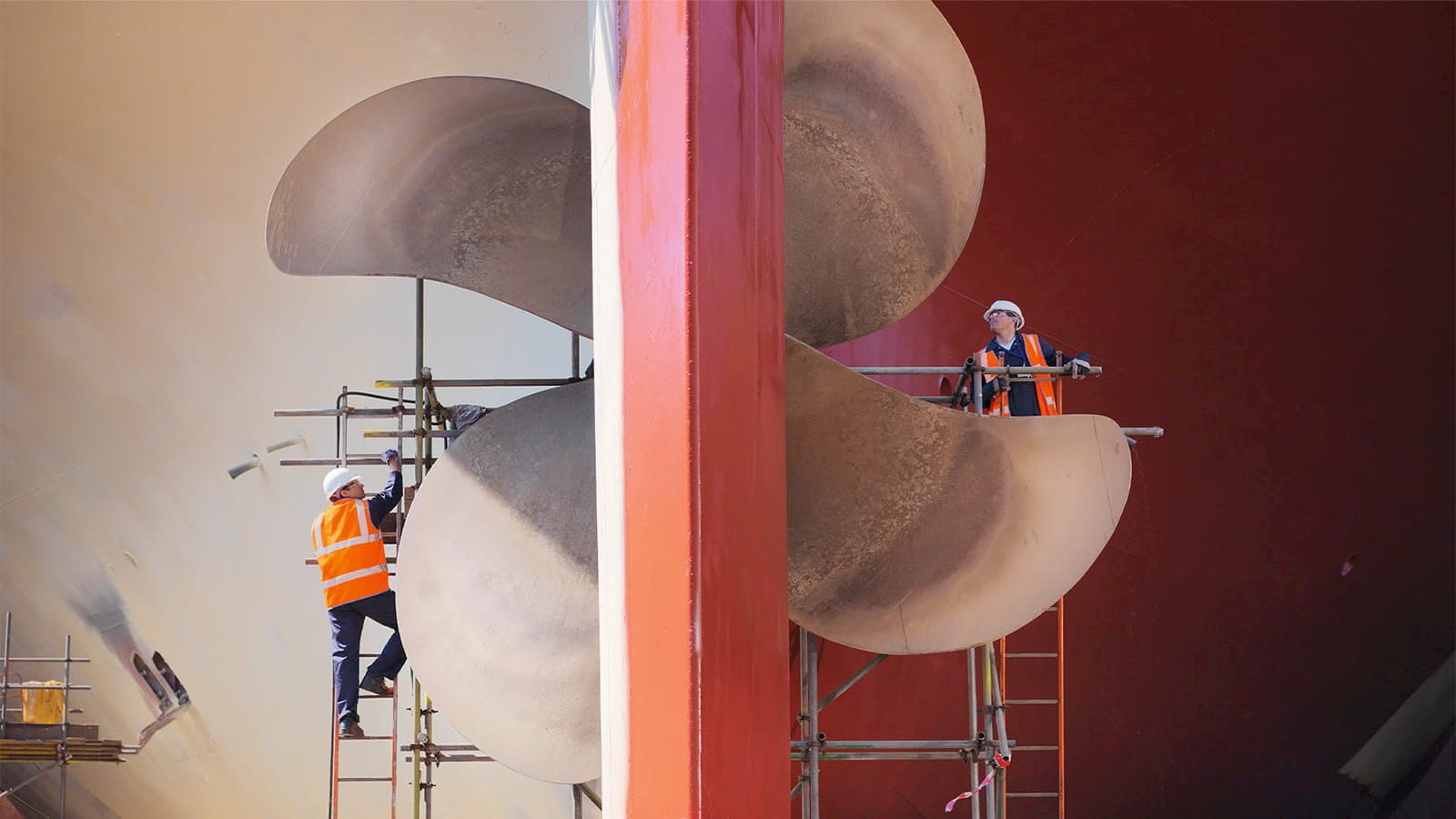Investment in infrastructure is vital for the UK to remain competitive. Jason Sinclair examines government initiatives and speaks to infra advisers about where they expect the deals to be.
The National Infrastructure Commission (NIC) published its Infrastructure Progress Review 2023 in March. The main takeaway was perhaps in the top line: “Government has ambitious goals for infrastructure, but in many areas it is not delivering fast enough.”
The NIC, set up in 2015 to provide expert, impartial advice to government on infrastructure policy, reported a “mixed scorecard” on the country’s achievements. It concluded that the past year has seen progress to major objectives “stutter further, just as the need for acceleration has heightened”. The report said that in a range of areas, government is off-track when it comes to meeting its targets and ambitions.
Those targets – whether long-term economic growth or a successful transition to net zero – are tied to the success of projects concerning energy, transport, digital and social infrastructure, which in turn depend on a mix of public and private investment. The review highlighted the need to get back on track after decades of low levels of investment compared with peer countries, and slow progress on previous recommendations.
Safety first
In the private sector, infrastructure projects have traditionally been a safe haven for more risk-averse capital, whatever the state of the wider economy. But is that still the case? Jeremy Ellis, a corporate finance partner in EY’s energy and infrastructure practice with 25 years’ experience in the field, believes even in the private sector, “Government policy has an impact on most deals I’m doing.
“What infrastructure investors are looking for is a stable political environment with elements of predictability,” he says. Despite the challenges of the past few years, Ellis feels the UK still provides this, making it a key destination for investment from North American pension giants, Asian and Middle Eastern sovereign wealth funds, and other national and global infrastructure investors.
“The two big themes currently are the energy transition and digital transformation,” he says. “Overall, the infrastructure investment sector has been less reliant on the highly leveraged models you see in private equity, so the rise in interest rates has been less of a factor for funding.”
Many infrastructure funds invest on an all-equity basis, says Ellis, “but most funds are looking at bringing debt into the capital structure to optimise their equity returns. They normally adopt a relatively conservative and prudent approach towards leverage because, generally, people are investing in infrastructure because it provides a relatively safe haven. They aren’t looking for a very exciting performance of their investments – they’re aiming more for long-term secure cash flows and elements of inflation protection."
The ‘B’ word
A rise in the cost of debt finance is inevitably making investors look for a higher return on equity. At the same time, says Ellis: “Brexit has impacted the amount of capital being allocated to the UK rather than Europe. Some European funds are overweight on UK infrastructure and looking to rebalance.”
This is a challenge the NIC report seeks to address, but Julia Prescot, deputy chair on the Commission and co-founder of Meridiam Infrastructure, sees the problem facing the UK sector as being not one of “finance in and of itself, but more to do with the methods of delivering finance. This means we’re not progressing as well as we need to in getting shovels in the ground to reach net zero by 2050.”
The UK has always been an attractive place to invest, she says, “but there is significant competition coming from Europe and the US. We have to maintain a stable environment with robust business models where people know they can invest going forward, otherwise investment will go elsewhere.”
NIC’s review does highlight positive progress on the national coverage of gigabit broadband and the growth of renewable energy sources, noting that these projects have benefited from a stable policy environment. But it also notes “negligible advances in improving the energy efficiency of UK homes, the installation of low-carbon heating solutions or securing a sustainable balance of water supply and demand”.
With tech and energy taking up much of the policy and investment bandwidth, areas such as transport have become something of an afterthought. The report notes that delays to the progress of Northern Powerhouse Rail and HS2 inevitably push back the economic benefits for communities.
Deborah Downey is a partner in Deloitte’s infrastructure team and works with central government on social infrastructure projects. “Infrastructure programmes provide wider access to opportunities for everyone across the UK, regardless of where you live or work,” she says. “And there’s a real recognition that some parts of the country are better served. For example, the transport infrastructure programmes are about increasing access for businesses, manufacturers or industry, creating social mobility through jobs and education.”
Downey’s colleague Charindra Pathiwille, managing partner of UK financial advisory at Deloitte, adds: “If you build it, they will come. There can be a domino effect. Look at Teesside, which has the port, and the land around it, where they need to build warehouses and logistics. That level of infrastructure will attract more people, so you need more housing and schools, policing, the digital infrastructure and utilities – creating a wider supply chain into all areas of the economy.” The original investment, he says, is a catalyst for wider development.
Pathiwille says he’s seeing a lot of corporate M&A activity in these areas, separate to any levelling up agendas, with private capital resolving any issues it might have in debt markets for now.
Another subject highlighted in the NIC review is the need for policy staying power, with “fewer, but bigger and better interventions from central government”, and greater devolution of funding and decision-making. Practising what it preaches, NIC has opened a base in Leeds, and the UK Infrastructure Bank (see box, A helping hand) is headquartered there which, Prescot says, “shows a commitment to engaging with stakeholders across the north”.
Longer-term sustainability of infrastructure has to be a goal for the UK. “There’s a raft of legacy infrastructure across the UK, whether economic, transport or social, that will need to adapt to the new drivers around climate change and energy transition,” says Downey. “The National Infrastructure Strategy is helping bring all of those messages together and address the challenges and the demands from across the country to create equal opportunity throughout the UK.”

Back to basics
At the more traditional end of the sector, Grant Thornton partner Jason Hurst specialises in transport, where a combination of tech efficiency and profitable land use is the driver for many investments. “There’s an increasing focus on the bus network, and part of it includes decarbonisation,” he says. “But with that, you’ve got to think through the approach to the infrastructure, particularly the bus depots. One solution is to package up the depot with the charging infrastructure. These assets can last for 10-15 years, so would likely attract infrastructure fund investment.
“Given the uncertainty elsewhere, infrastructure is still a stable asset,” he says. “There does need to be an infrastructure push. And I think the government is driving in that direction. It’s just that delivery is now more costly – the cost of borrowing is more expensive, even government funding is not as cheap as it was, so people become more choosy about what projects get delivered and the scope of those projects.” And, of course, the cost of materials and labour is also still going up.
“I think infrastructure as an asset class has been a bit more resilient to the headwinds,” adds Pathiwille. “And if you think about it, it’s a long-term investment, where people are modelling 15- to 20-year cash-flows. They’re not putting the same level of leveraging as a typical private equity transaction because you’re not trying to make high multiples in five years. And I think there’s a flight to quality from a debt perspective. The banks must deploy something somewhere, so there is a flight to quality assets that’s really helped because of the longer-term investment hold period.”
But while infrastructure is about long-term interconnections, whether between energy networks, places or business sectors, it’s also about the interconnection of policy, technology and public and private funding.
According to NIC chair Sir John Armitt: “Getting our infrastructure right for the second half of this century is a journey that, by definition, will go on being plotted over the coming decades. But a further year of prevarication risks losing momentum in critical areas … Rarely has the need for speed been more evident.”
